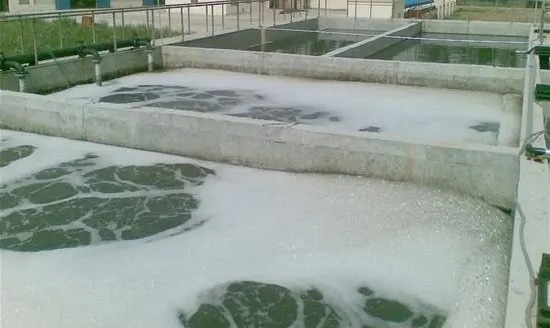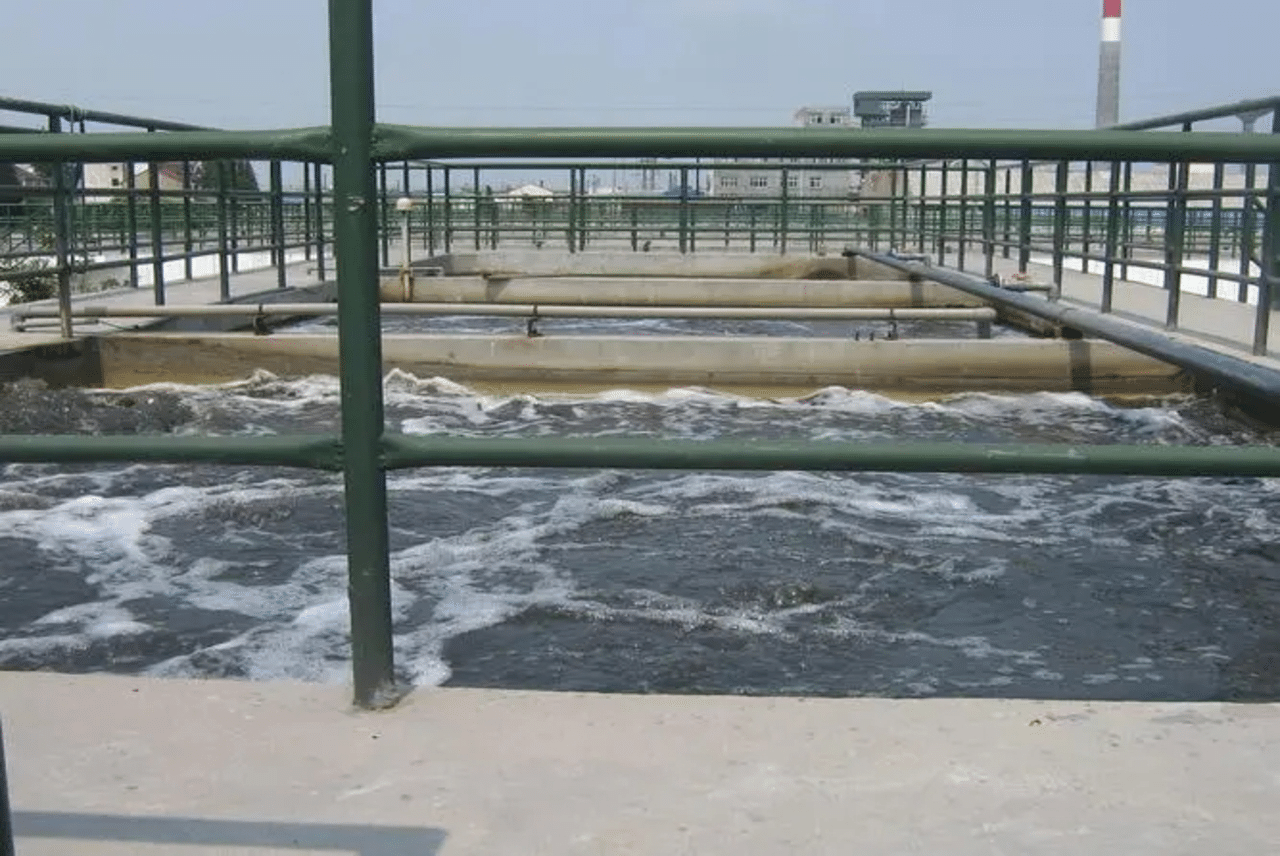Case Studies & Applications of Advanced Electro Oxidation Wastewater Treatment Technology
To Degrade Textile Industry Wastewater, targeting Refractory Organic Pollutants
Textile Industry Wastewater: Source, Impacts & Treartment Process
Textile production is estimated to contribute to approximately 20% of the world’s freshwater pollution caused by dyeing and finishing processes, while the laundering of synthetic garments is accountable for 35% of the primary microplastics released into the environment.

The textile industry is widely recognized as one of the primary contributors to water pollution worldwide, primarily due to its release of highly toxic effluents. Textile wastewater is notorious for containing substantial amounts of organic and inorganic compounds, as well as polymers, resulting in the presence of suspended solids, intense color variations, and fluctuating PH levels. Compounding the issue is the fact that many of these pollutants are non-biodegradable and remain stable even under conditions of light and high temperature. As a consequence, they pose significant threats to the environment and human health. If textile wastewater is not adequately treated before disposal, it can create septic conditions and reduce the concentration of oxygen in aquatic ecosystems, thereby jeopardizing the survival of aquatic life. Additionally, when these pollutants find their way into the food chain, they can have severe effects on human health. Consequently, there has been a growing awareness of the need to develop new techniques or environmentally friendly methods for treating textile wastewater, which traditional methods have not been able to completely address.
In recent years, the employment of electrochemical techniques for the treatment of textile effluents has gained popularity as an effective solution. One such technique is electrooxidation, which employs clean reagents, electrons, to completely oxidize organic matter using electrical energy without generating any secondary pollutants. Electrochemical oxidation processes offer a simple and cost-effective technology for the treatment of textile waste and environmental decontamination. These processes encompass both direct and indirect techniques to eliminate organic and inorganic pollutants present in dyes. Advanced electrochemical oxidation processes (EAOPs) are particularly powerful methods for transforming dye pollutants into harmless substances.
In direct anodic oxidation processes, the surface of the anode serves as a platform for the adsorption of pollutants, which subsequently undergo degradation through direct anodic electron transfer mechanisms. In indirect oxidation processes, strong oxidizing agents such as ozone, chlorine, and hydrogen peroxide are electrochemically generated. These agents act as active agents in degrading pollutants and facilitating their elimination.
The implementation of electrochemical techniques, particularly electrooxidation and advanced oxidation processes, represents a significant step forward in the treatment of textile wastewater. These methods not only address the removal of pollutants but also offer an environmentally friendly alternative to traditional approaches. By embracing such technologies, the textile industry can contribute to the reduction of water pollution, protect ecosystems, and safeguard human health.
Textile Industry Wastewater Treatment Case Studies
Check challenges, on-site analysis, and solutions from Evoaeo, find out how boron doped diamond electrode and electro oxidation bench scale, pilot scale wastewater treatment system degrade obstinate organic pollutants such as dyes and pigments from textile industry wastewater

Textile Wastewater
Explore how electro oxidation treat textile wastewater

Textile Wastewater Treatment Projects
Textile manufacturing effluent treatment via electro oxidation
Get Free Water Profile Analysis Now
Eavoaeo is a company specializes in offering solution to tackle the challenges from complex wastewater with our years of experiences with electro oxidation wastewater treatment technology, we offer customized solution to a vast variety of businesses and organizations, industries dealing with obstinate organic chemicals in their effluents.
Our services encompass:
Industrial wastewater treatment
Facilitating safe water reuse
Ensuring compliance with discharge regulations
Reducing the need for wasteful wastewater incineration